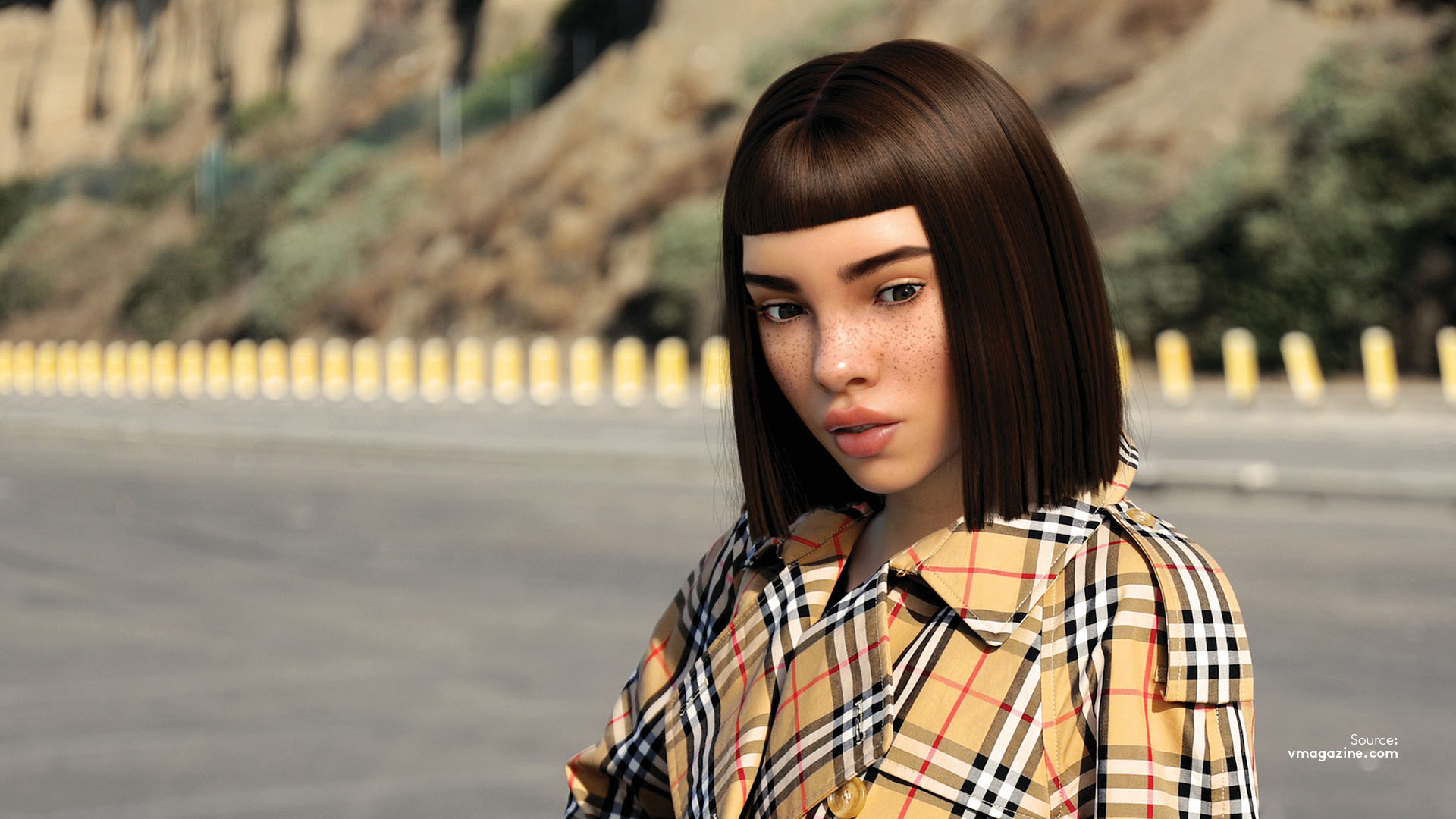Advertising can provide a glimpse of how AI is going to interact with the creative industries. Amazon, Google, and Meta have begun promoting AI tools for creating advertisements and imagery by advertisers, offering the assurances of increased efficiency, reduced expenses, and highly precise targeting. Currently, brands are investing in advertising through AI-generated virtual influencers—artificial beings that can provide some promotional value at a substantially lower expense. Influencers, according to sources, are concerned.
Hundreds of digital personas, including the “virtual influencer” Aitana, who was generated by artificial intelligence tools, have entered the expanding $21 billion content creator economy.

The rise of digital competitors has caused concern among human influencers, who fear that their revenue is being cannibalized and jeopardized. However, those responsible for the hyper-realistic AI creations claim that they are simply disrupting an overcrowded market.
“We were taken aback by the skyrocketing rates influencers charge nowadays. That got us thinking, ‘What if we just create our influencer?'” Diana Nez, co-founder of The Clueless, which developed Aitana, explained. “The rest is history. We unintentionally created a monster. A beautiful one, though.”

The union is logical, though. AI generates inauthentic content in a strictly descriptive and nonjudgmental sense; similarly, the advertising industry operates on the foundation of inauthenticity. Advertising combines every intriguing, controversial, and disturbing concern brought up by generative AI into a single, essentially answerable inquiry: “Does this material generate sales?”
A case analysis by Meta suggests that the answer is, in some way, yes. The utilization of Kuki, an ICONIQ AI-developed “always-on AI” chatbot and virtual influencer in an H&M advertising campaign, led to an “11x increase in ad recall” (individuals who recall seeing an ad for a specific brand) in comparison to “ads with campaign video only.”

Consequently, the expenditure per person who recalled seeing ads decreased by 91%. Kuki, a three-dimensional character with a cartoonish appearance, stands in contrast to the previously discussed and heavily sexualized Aitana, who is represented by photorealistic generated images that may be mistaken for actual individuals within the context of an advertisement.
It would be overly simplified to state that virtual influencers are solely there to perform the peculiar and vilified task of influencing. For years, the advertising industry has advocated for the concept of synthetic talent, most notably through the character Lil Miquela, also known as Miquela Sousa, who has appeared in advertisements for several well-known brands but whose influence is limited and inseparably tied to the enterprise’s meta novelty.

The case study presented by Meta does not detail a virtual influencer endorsing products through its platform and audience, which is the fundamental aspect of the influencer industry. Instead, the influencer is depicted carrying virtual attire and posing as an ambassador or mascot in advertisements operated by a company through its channels and accounts. Thus, the influencer is equivalent to manual labor. (Currently, Kuki’s Instagram account boasts an extremely small following and almost no interaction.)
Such a unique kind of advertising appears as one that could trigger a “recall” response solely based on its uniqueness. Additionally, it positions virtual influencers as an innovative method for promoting specific campaign metrics instead of a substitute for human influencers. Amazon proposes that individuals are more likely to click on advertisements featuring AI-generated product images, even though such ads may portray products in situations that contrast physical reality.
However, this is not a trivial matter; online advertising is powered by metrics that evaluate influence in the most direct terms possible. Brands will undoubtedly continue to use cheaper synthetic representatives in advertisements if doing so generates significantly improved results until the method becomes common or the initial appeal fades.
Suppose this poses a threat to human influencers. In that case, it’s a low-level one, taking over secondary sources of income when an unfamiliar synthetic face can stand in for an unfamiliar real face. In these cases, influencers are essentially acting as internet-coded models, which is a small but, at times, profitable and easy part of the job compared to building an audience or convincing your fans to buy or do something.
Another practical, if simplistic, approach to considering the potential impact of AI on various creative sectors is to break them down into their most fundamental economic tasks, such as converting clicks, grabbing attention, filling space, and giving distraction, and then trying to automate those.




